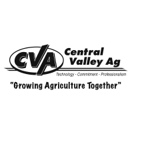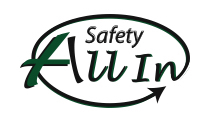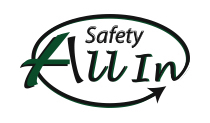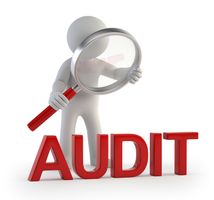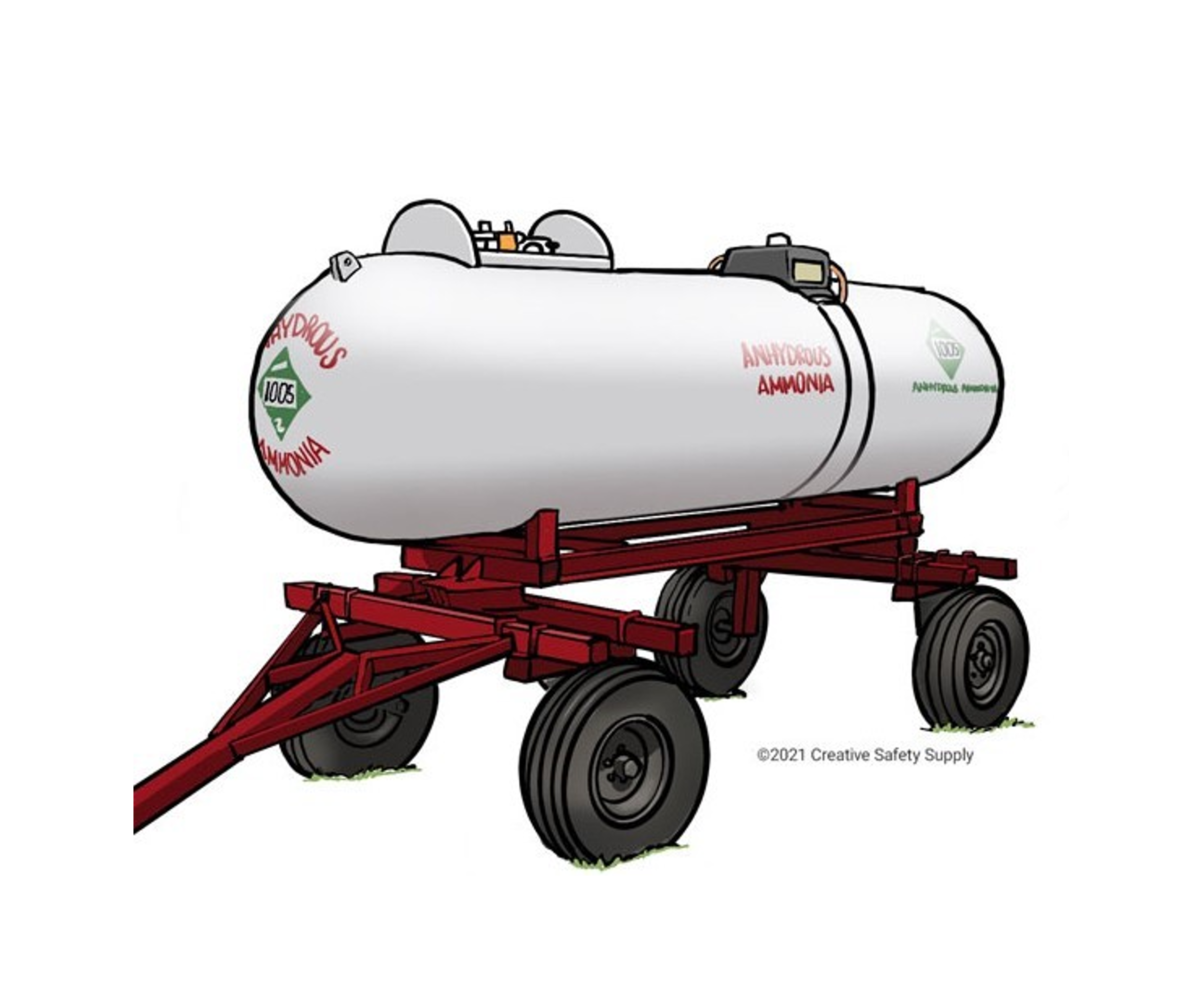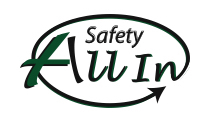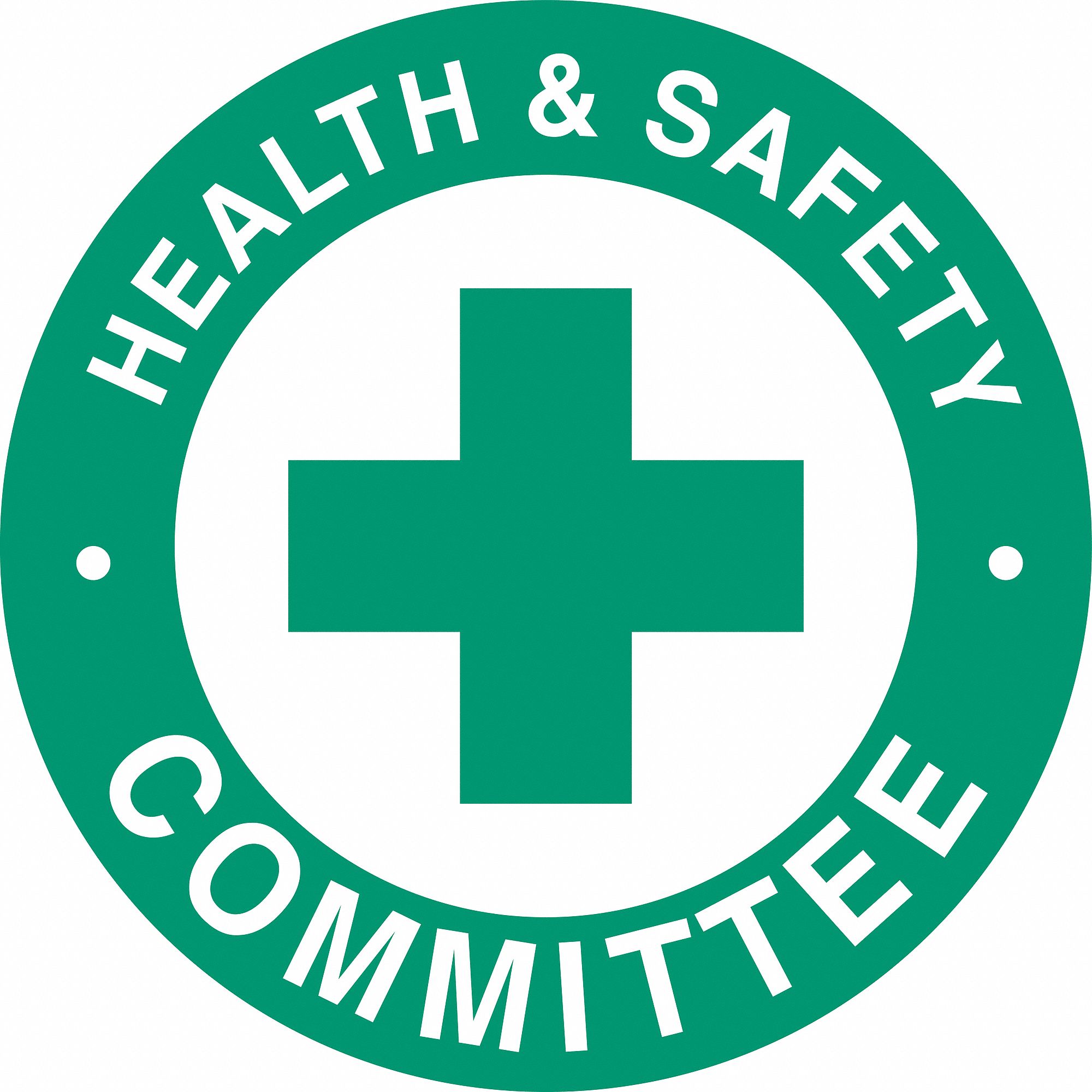Information
-
Audit Title
-
Client / Site
-
Conducted on
-
Prepared by
-
Location
-
Personnel
1.0 - Previous inspection
-
1.1 - Has the last inspection been reviewed?
-
1.2 - All previous inspection items corrected?
2.0 - Emergency Action Plan
-
2.1 - Training records are up to date and employees know responsibilities under plan?
-
2.2 - EAP reviewed for changes annually and dated?
-
2.3 - Employee contact info, responsibilities, and facility maps are current?
-
2.4 - Alarm and/or emergency communication procedures are clearly understood by all employees?
-
2.5 - Employees know primary and secondary meeting locations?
3.0 - Fire Safety
-
3.1 - Extinguishers fully charged and mounted in proper locations?
-
3.2 - Extinguishers current on monthly and annual inspections?
-
3.3 - Extinguishers mounted at proper height and not obstructed? (Max height 47.25" & minimum base height of 4")
-
3.4 - Extinguisher signs placed above all extinguishers?
-
3.6 - Exits are clear of obstructions and marked with "EXIT" signs?
-
3.8 - Exit doors are unlocked when building is occupied?
4.0 - General Building Safety
-
4.1 - Floor surfaces are even and uncluttered?
-
4.2 - Entry and walkways are kept unblocked / clear?
-
4.3 - Stairs and risers are kept clear & in safe condition?
-
4.4 - Handrails are in good condition & installed where required?
-
4.5 - No trip or slip hazards and non-slip floor coverings in good condition?
5.0 - Shops
-
5.1 - Clear of rubbish / clutter?
-
5.2 - Floors free of oils spills or other slip hazards?
-
5.3 - Tools not in use kept in place?
-
5.4 - No damaged hand or power tools in use and all tool have proper guards?
-
5.5 - Proper PPE and emergency equipment available for work to be performed (eye wash, eye protection, hearing protection, welding protection, hand protection, etc.)
-
5.6 - All fans and heaters are commercial grade and meet standards?
-
5.7 - Battery charging stations have flushing water near by?
-
5.8 - Blower guns are OSHA compliant < 30 psi with chip guards?
-
5.9 - All floor jacks and hoists are inspected & properly marked with lifting capacity? (handyman style of jacks shall not be used)
6.0 - Flammables
-
6.1 - Oily rags and combustible refuse placed in covered metal containers?
-
6.2 - Fuels stored in OSHA approved containers?
-
6.3 - Flammables not stored in entries, exits, stairs, or other egress routes?
-
6.4 - Flammables not stored in amounts over 25 gals. unless in a Flammables cabinet? (60 gallons max of flammable fuels in a Flammables cabinet)
-
6.5 - Aerosols are stored in cabinets when not in use? (fire cabinets are required when total flammables in shop exceed 25 gallons)
-
6.6 - All Flammables including aerosols kept away from spark or flame producing tools?
-
6.7 - Oxygen cylinders are stored greater that 20 feet from acetylene or other fuel gas cylinders or combustibles unless in a rack attached to welding of cutting tools?
-
6.8 - All stored cylinders are capped and secured to prevent falling or damage?
-
6.9 - Propane grills bottles are not stored indoors? (Gas grills stored indoors must have grill bottles removed)
7.0 - Lockout Tagout Program
-
7.1 - Employee training is documented and all authorized employees are knowledgable of responsibilities under program?
-
7.2 - Written LOTO program is complete?
-
7.3 - Annual review of LOTO program is complete?
-
7.4 - All locks/tags identify authorized employees?
-
7.5 - Required LOTO equipment is available?
-
7.6 - All LOTO markings in place on equipment and energy isolation points?
8.0 - Warehouse / Storage Areas
-
8.1 - Storage racks are secured and in good condition?
-
8.2 - Warehouse areas are organized and free of clutter?
-
8.3 - Overhead storage areas marked with max load ratings?
-
8.4 - Storage racks and storage areas are not unsafely loaded or stacked?
-
8.5 - Chemical containers are free of leaks and stored in approved areas?
9.0 - Machines and equipment
-
9.1 - Machines are properly guarded? (Including pulleys, chain and sprockets, rotating shafts, PTO shafts, drags, etc.)
-
9.2 - All equipment is in safe operating condition?
10.0 - Electrical Safety
-
10.1 - Wiring and conduits are free of damage?
-
10.2 - Electric panels are secured shut?
-
10.3 - Box covers are in place and no open holes in electrical boxes?
-
10.4 - Electrical panels are not blocked & no combustibles stored within 3 feet?
-
10.5 - No broken plugs, sockets or switches?
-
10.6 - Power cords and leads in safe condition? (No cuts, twists, burns, exposed wires, or missing ground prongs, or other defects?)
-
10.7 - No extension cords run for permanent applications?
-
10.8 - No power cords run through door ways, walls, windows, walkways, or fastened to walls or fixtures?
-
10.9 - All electrical breakers are properly marked?
-
10.10 - GFCI protection for electrical devices used in potentially wet areas?
11.0 - Chemical Safety HAZ-COM Program
-
11.1 - Workers trained on haz-com policy? (reading msds, reading labels, how to obtain msds)
-
11.2 - Workers trained initially and then annually on the categories of hazardous materials the come into contact with?
-
11.3 - List of hazardous substances complete and available?
-
11.4 - Material Safety Data Sheets are readily available?
-
11.5 - All chemical containers are properly labeled?
-
11.6 - Facility adequately marked with Info-trac msds contact signs?
-
11.7 - Agronomy facilities have CDMS website readily available on computer for accessing AG chemical MSDS and label information?
-
11.8 - Proper signage for hazmat storage areas? (NFPA placards, NO SMOKING, Emergency contact numbers, PPE signs, and Authorized Persons Only).
12.0 - Ladders
-
12.1 - Are all ladders Industrial strength? (Non Household rated, check label.)
-
12.2 - Are ladders in good condition?
-
12.3 - Used according to instructions?
-
12.4 - For extension ladders are ropes, pulleys and treads in a good state of repair?
-
12.5 - No objects such as pallets, buckets, chairs, or homemade ladders are used as portable ladders or scaffolds?
13.0 - Elevated working and walking surfaces
-
13.1 - OSHA compliant railings where required? (Standard railing required at 4 feet)
-
13.2 - Gates or chains at open edges?
-
13.3 - Toe kicks where required?
-
13.4 - Workers do not access unguarded areas without fall protection?
-
12.6 - Fixed ladders safe & compliant with OSHA standards?
-
12.7 - Catwalks and platforms in safe condition?
12.0 - First Aid Facilities / Emergency Equipment
-
12.1 - Unblocked access to emergency equipment such as eye wash and first aid?
-
12.2 - At least monthly inspections of all first aid and emergency equipment?
-
12.3 - Are first aid cabinets and contents clean and orderly?
-
12.4 - No first aid contents past their expiry date?
-
12.5 - Signs & labels for First aid Cabinets, AEDs, emergency showers, and eye wash stations?
-
12.6 - Employees aware of location of first aid and emergency equipment?
-
12.7 - Any on site employees trained to perform basic first aid and CPR?
-
12.8 - Are emergency numbers displayed?
14.0 - Forklifts
-
14.1 - All operators are current on forklift certifications?
-
14.2 - Forklift lifting capacity plates legible?
-
14.3 - Daily inspections documented?
-
14.4 - Seatbelt used when operated?
-
14.6 - No unauthorized attachments or alterations? (such as a towing ball on forks or hole cut in forks.)
-
14.5 - Forklifts are in safe operating condition?
-
14.7 - Proper lifting basket is available and used if elevating workers?
-
14.8 - Hazards in forklift traffic areas such as curbs are clearly marked?
15.0 - Fall Protection Equipment
-
15.1 - Proper equipment on site?
-
15.2 - Employees trained to use equipment and training documented?
-
15.3 - Equipment inspected and documented?
-
15.4 - No unsafe equipment in use?
16.0 - Grain Facility Safety Programs
-
16.1 - Employees trained initially and annually on grain facility hazards and safety programs? (Training must be documented)
-
16.2 - Employees trained on bin entry permit procedures and understand them?
-
16.3 - Gas meters calibrated and documented?
-
16.4 - Employees can demonstrate use of gas meter and recognize dangerous atmospheres?
-
16.5 - House keeping program is compliant?
-
9.3 - Inspection and maintenance program is compliant?
-
16.6 - Employees trained on hot work procedures and use of hot work permits?
-
16.7 - Basic bin rescue equipment and training is in place? (Minimum is 2 prusiks, 2 carabiners, cable come-along, anchor strap, and materials or plywood pieces for use as a coffer dam)
-
16.8 - Adequate lifeline and harness equipment for safe bin entry?
-
16.9 - All permit spaces are properly marked?
17.0 - Anhydrous ammonia safety
-
17.1 - Employees trained in safe handling of NH3?
-
17.2 - Load out facility compliant with NFPA standards?
-
17.3 - Emergency water on site?
-
17.4 - Proper PPE available and used when making and breaking NH3 connections?
-
17.5 - Inspection and maintenance records for bulk plants and nurse tanks?
17.0 - OTHER Safety or compliance concerns
-
17.1 - All other safety or compliance concerns are adequately addressed at location?
18.0 - ALL IN SAFETY
-
18.1 - Holds location safety meeting at least monthly?
-
18.2 - Representative attends each company safety committee meeting?
-
18.3 - Location has implemented near miss reporting program?
-
18.4 - No lost time injuries since January 1?
-
18.5 - No vehicle or machine crashes since January 1?
-
18.6 - No safety incident or observation reports since January 1?
-
18.7 - No DOT inspections with driver or vehicle violations since January 1?
-
18.8 - Location managers ensures safety and compliance by all employees?
Sign Off
-
On site representative
-
Auditor's signature
